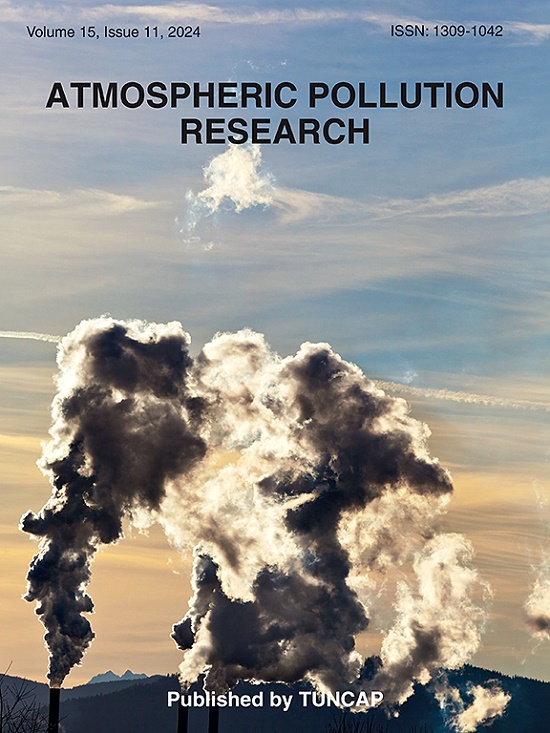Unraveling the complexities of ozone and PM2.5 pollution in the Pearl River Delta region: Impacts of precursors emissions and meteorological factors, and effective mitigation strategies
IF 3.9
3区 环境科学与生态学
Q2 ENVIRONMENTAL SCIENCES
引用次数: 0
Abstract
Ozone (O3) and fine particulate matter (PM2.5) are known to be interconnected due to shared precursor compounds. While numerous studies have examined the impact of precursors and meteorological factors on compound pollution events, few have proposed effective mitigation strategies tailored to specific regions. In this study, we conducted simulations of two types of O3 and PM2.5 pollution events in the Pearl River Delta (PRD) region during 2018 using the GEOS-Chem model. We applied a multiple linear regression model to quantify and distinguish the contributions of precursor emissions and meteorological factors to these events. Our findings highlight the predominant role of precursor emission factors in driving these pollution events. Notably, reducing NOx emissions in the Pearl River Estuary (PRE) region was found to exacerbate O3 pollution during specific periods, while reducing emissions of C4 alkanes (ALK4), lumped C3 alkenes (PRPE) and NH3 in proportion to their respective contributions emerged as an effective strategy to mitigate combined O3 and PM2.5 pollution. This research elucidates the mechanisms underlying O3 and PM2.5 compound pollution in the PRD region and presents a practical and significant approach to managing air pollution in this area.

求助全文
约1分钟内获得全文
求助全文
来源期刊

Atmospheric Pollution Research
ENVIRONMENTAL SCIENCES-
CiteScore
8.30
自引率
6.70%
发文量
256
审稿时长
36 days
期刊介绍:
Atmospheric Pollution Research (APR) is an international journal designed for the publication of articles on air pollution. Papers should present novel experimental results, theory and modeling of air pollution on local, regional, or global scales. Areas covered are research on inorganic, organic, and persistent organic air pollutants, air quality monitoring, air quality management, atmospheric dispersion and transport, air-surface (soil, water, and vegetation) exchange of pollutants, dry and wet deposition, indoor air quality, exposure assessment, health effects, satellite measurements, natural emissions, atmospheric chemistry, greenhouse gases, and effects on climate change.
 求助内容:
求助内容: 应助结果提醒方式:
应助结果提醒方式:


